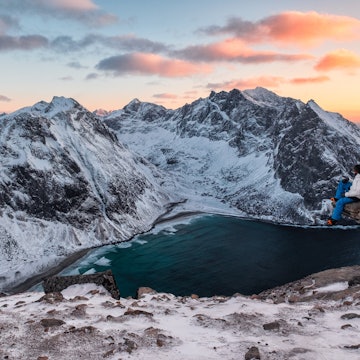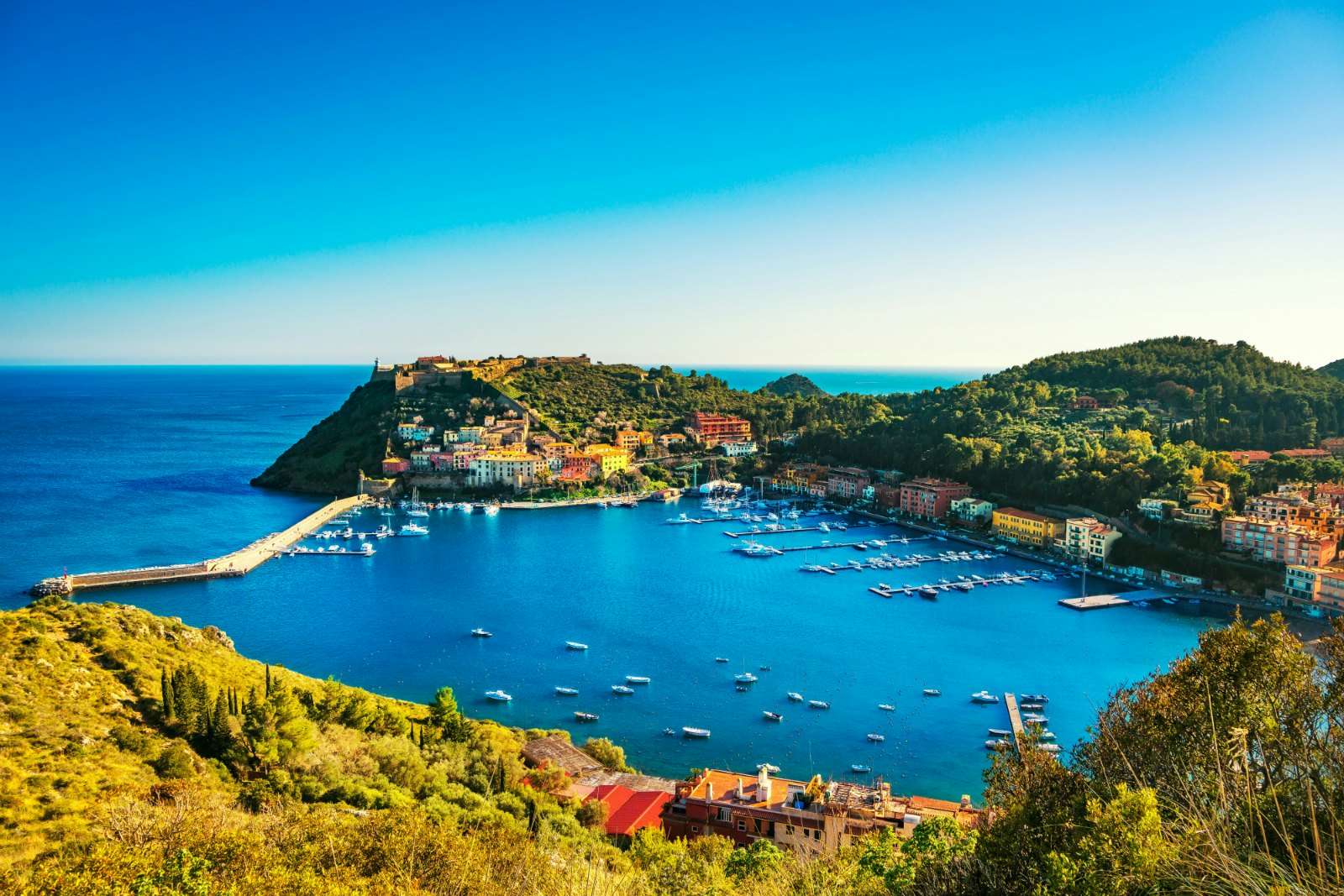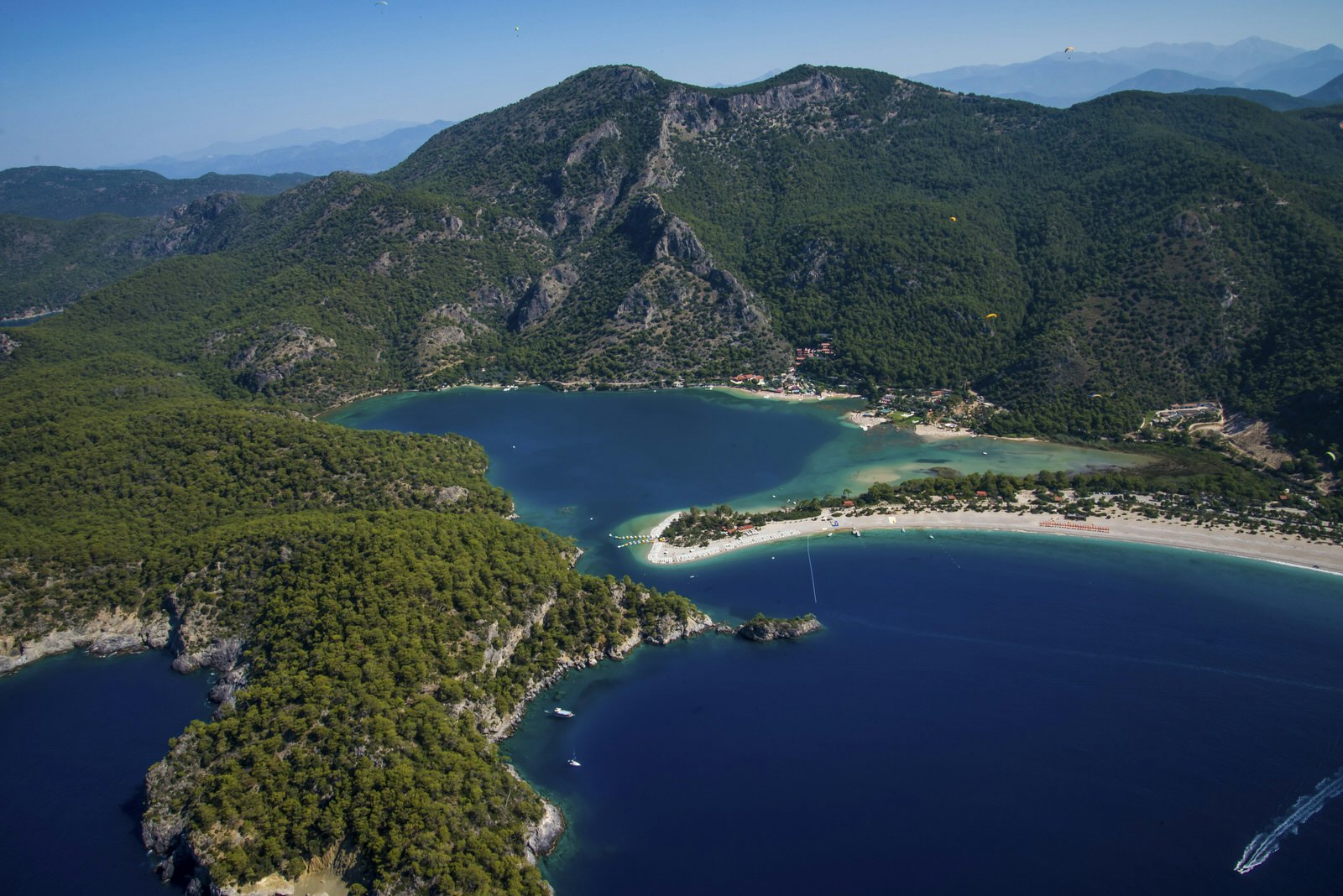
Almost an island: eight alluring peninsulas worth a visit

Jun 26, 2018 • 6 min read

Peninsulas are clear winners as travel destinations: as well as the obvious appeal of their beaches and seaside towns, they often have a distinct identity that marks them out from the mainland proper, and attracts alternatively-minded and eccentric inhabitants. Added to their hiking, cycling and road-trip potential, these qualities make peninsulas intriguing spots to explore. Here are eight of our favourites.

Coromandel Peninsula, New Zealand
This popular ecotourism destination on the North Island’s Bay of Plenty packs in hot springs, a forest park and a resident yeti, the mysterious ‘hairy moehau’. The lifestyle offered by this forested promontory, fringed with golden beaches such as New Chums (Wainuiototo) and easily accessed from Auckland by road or ferry, has seen affluent city folk join the well-established alternative community. With sights from the forested Karangahake Gorge to Cathedral Cove, Coromandel makes an excellent detour en route from Auckland to Rotorua, or a worthy holiday destination in itself.
Don’t miss: Discover the peninsula’s remote northern section on the 10km Coromandel Coastal Walkway.

Monte Argentario, Italy
The Italian painter Caravaggio breathed his last on this pretty Tuscan peninsula, 100 miles south of Florence at the top of the Tyrrhenian Sea. It’s just one of the romantic attractions of this Mediterranean idyll – which even looks fantastic on a map, like an island attached to the mainland by sandy isthmuses – and draws Italian tourists in the know.
You’ll find cliff paths leading to secluded beaches, but the rugged terrain equally lends itself to simply drinking some Chianti and gazing at Monte Argentario’s arid landscape of cypresses, umbrella pines and olive groves.
Don’t miss: The Strada Panoramica, a scenic coastal drive between the peninsula’s main towns of Porto Santo Stefano and Porto Ercole.

Cape Peninsula, South Africa
Cape Town’s mountain-spined peninsula runs from Table Mountain to Cape Point, Africa’s southwestern-most tip and the meeting point of the Benguela and Agulhas ocean currents. Surfers enjoy the peninsula’s warm False Bay waters, overlooked by Muizenberg’s oft-photographed multi-coloured beach huts, galleries and boutiques in cultural Kalk Bay and nautical history in twee Simon’s Town.
The peninsula’s Atlantic coast, meanwhile, is nicknamed ‘the lentil curtain’ for its population of hippies and artists in Noordhoek, Kommetjie and Scarborough. The gateway to yoghurt-weaving country is Hout Bay, which jokingly declared itself a republic, and even issued passports, during the dark days of apartheid.
Don’t miss: Driving, cycling or walking Chapman’s Peak Drive, one of the world’s most beautiful coastal roads, with sweeping views over Hout Bay.

La Gaspésie, Canada
Québec’s Gaspé Peninsula, known as Gaspésie by the Francophone locals, forms the southern lip of the mighty St Lawrence River as it yawns into the gulf of the same name. With Rte 132 winding past salty beaches, colourful cottages with Acadian flags, pine forests and whale-visited waters, this chunk of land is epic even by Canadian standards.
One day you can take a boat trip to see île Bonaventure’s vast colony of white-feathered gannets, and the next walk a section of the International Appalachian Trail or tour the 133 windmills comprising Canada’s largest wind farm. Gaspésie has a reputation province-wide for its hardcore country folk, and Gaspé jokes abound, but you’ll generally meet amical locals with a good line in microbreweries and seafood.
Don’t miss: The 800-sq-km Parc National de la Gaspésie, home to two mountain ranges, lakes, 140km of hiking tracks and scenic camping spots.

Dingle Peninsula, Ireland
The indentured coastline of southwest Ireland has cornered the world market in both beautiful peninsulas and rampant eccentricity, with fiddle-and-flute sessions enlivening seaside pubs throughout counties Kerry and Cork. However, for our euros, it’s Kerry’s Dingle Peninsula that really stands out from the peninsula crowd; after all, its residents include a friendly dolphin called Fungie, who happily swims and jumps alongside boats in Dingle Town’s sheltered harbour.
You can arrange a boat tour and check out the Fungie statue while exploring Dingle Town’s extraordinary pubs, which double as hardware shops. When you’ve enjoyed a Guinness among screws and nails, wellies and horseshoes, head out of town for wild scenery and the atmospheric Gallarus Oratory, an early Christian stone church resembling an upturned boat.
Don’t miss: Proving that Kerrymen are a hardy bunch behind their good-natured banter, Annascaul was the birthplace of Antarctic explorer Tom Crean, who accompanied Scott and Shackleton on three expeditions. The Dingle hero is commemorated by a display of memorabilia in the pub he opened after all that icy adventuring: the South Pole Inn.

Knoydart Peninsula, Scotland
This wild slice of Highlands scenery, separated from the Isle of Skye by the Sound of Sleat sea channel, unfurls west between two chilly and windswept lochs. Often called Britain’s last great wilderness, the 85-sq-mile peninsula is also home to mainland Britain’s remotest community – a single-minded lot, who successfully waged a 50-year campaign to buy the peninsula from absentee landlords. With no road access, reaching the main village of Inverie involves an 18-mile hike, and you’ll need to camp en route or doss in a basic stone bothy alongside Loch Hourn.
While crossing Knoydart’s eight Munros and Corbetts (mountains over 3000ft and 2500ft respectively), look out for wildlife, from buzzards to red deer, while oystercatchers, herons, seals and dolphins can be spotted on the coast. If you don’t fancy tramping back to civilisation after a night here, you can charter a boat along the loch or catch the ferry to Mallaig.
Don’t miss: Find out more about the peninsula’s incredible wildlife and history on a 2½-hour hiking or Land Rover tour with a ranger from the Knoydart Foundation.

Teke Peninsula, Turkey
With its vertiginous sea cliffs, golden beaches, hill villages and island-dotted bays, this beautiful Mediterranean peninsula was once the kingdom of the Lycians, a mysterious ancient civilisation that scattered the countryside with distinctive burial monuments.
Rock-cut cliff tombs overlook Fethiye and Kaş, where millennia-old ‘house’ tombs tower on street corners, and you can visit ruined Lycian cities including Tlos, Pınara, Xanthos, Patara and Olympos. However, it’s hard to beat the romanticism of Kaleköy’s batık şehir (sunken city) – the submerged ruins of ancient Simena, with smashed amphorae disappearing into the depths and Lycian tombs rising from the shallows. Kaleköy is only accessible by boat (tours depart from Kaş) or along the Lycian Way footpath, which explores 500km of Teke’s coastline and mountainous hinterland, meeting the mixed local population of hill farmers, fishermen and boat builders en route.
Don’t miss: In a secluded valley between Fethiye and Olüdeniz, Kayaköy is a ‘ghost town’ of tumbledown stone cottages, abandoned in the 1920s during Turkey’s population exchanges with Greece.

Lizard Peninsula, England
The Lizard is home to a classically Cornish string of surf beaches, picturesque fishing villages, seafood restaurants and alternative communities. Poldhu Cove, Church of Storms, Manacles Rocks… the local names evoke the rugged landscape of towering cliffs, misty headlands, sandy coves and jagged black rocks, all pounded by the Atlantic. The peninsula’s dramatic finale is Lizard Point, the British mainland’s southernmost tip, from where the English spotted the invading Spanish Armada in 1588.
Don’t miss: Walk a section of the 630-mile South West Coast Path, which follows the Lizard’s coastline en route between Somerset and Dorset.
https://shop.lonelyplanet.com/products/new-zealands-best-trips-1/













